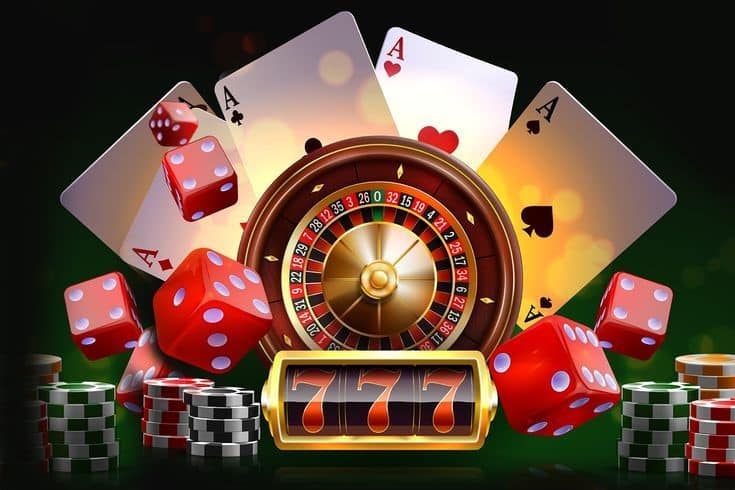
In the shadows of these glittering illuminations plus those alluring sounds of rotating reels lies an dynamic world where creativity meets numbers: the creation of games of chance. As players flock to gaming establishments seeking thrills plus the possibility of winning big, a huge amount of work takes form behind closed doors to create these games for their enjoyment. From the starting concept to the final product that players interact with, many elements are brought together to ensure a captivating gaming experience.
Designers, technicians, and game creators work together to combine cutting-edge technology with engaging gameplay features. https://ga179.xyz/ Each aspect, from graphics plus audio elements to probabilities and returns, is carefully designed to attract players and keep them engaged. Understanding the intricate process of how casino games are made reveals both the technical skills required but also the artistic vision that transforms these immersive experiences to life.
Casino Game Design Workflow
The game workflow begins with idea generation and conceptualization, where creators develop concepts for innovative casino games. This initial phase typically includes pinpointing target audiences and analyzing market trends. Designers consider elements such as game mechanics, themes, and payout structures to develop an immersive experience. Collaboration between game designers, mathematicians, and artists is crucial to ensure a balanced concept.
Once a design is chosen, the next stage involves prototyping and testing. Designers build a working version of the game to assess its playability and mechanics. This allows for adjustments and refinements based on feedback from testers. Iteration is key, as designers may go through multiple rounds of testing to fine-tune gameplay balance and user experience. This phase is crucial for spotting any potential issues before the game is finalized.
After testing, the game moves into development and production. This includes the technical aspects of coding the game software, integrating graphics, and ensuring compliance with gaming regulations. Quality assurance testing ensures that the game functions flawlessly across different platforms and devices. Once everything is refined, the game is prepared for launch, usually accompanied by marketing strategies to draw in players and generate buzz around the new casino offering.
Technology and Development
The development of gambling games has changed significantly with advancements in technology. Contemporary game design often features premium graphics, immersive sound effects, and interactive animations that create a compelling experience for players. Game developers use complex software tools and coding languages to develop these interactive gaming experiences. Additionally, the use of random number generators ensures equity and unpredictability in outcomes, which is important for maintaining player trust and compliance with gaming regulations.
In recent years, the surge of online casinos has pushed the boundaries of game development even further. Developers are now able to build games that cater to a worldwide audience, integrating features such as live dealer options and VR environments. This shift has encouraged innovation, leading to novel game mechanics and formats that enhance player engagement. Gaming on mobile devices has also become a key focus, prompting developers to optimize games for smartphones and tablets, ensuring availability and convenience for players on the go.
Collaboration among designers, visual artists, and mathematicians is crucial in the development process. Each team brings their expertise to ensure games are not only visually appealing but also mathematically sound and enjoyable. The integration of player feedback during beta testing allows developers to enhance game features and functionalities, ultimately leading to a favorable launch. As technology continues to advance, the potential for new game concepts and experiences is endless, promising an exciting future for casino games.
Evaluating and Quality Assurance
Once a gambling game has been developed, it enters the essential phase of testing and quality control. This stage ensures that the game operates flawlessly and provides a fair experience for players. Teams conduct comprehensive tests, including functionality checks to verify that all game features work as intended. Each component, from visuals to sound effects, is assessed to ensure quality benchmarks are met.
In addition to functionality testing, the game entails rigorous compliance checks to meet regulatory requirements. Different jurisdictions have specific rules governing game fairness and player protection. Quality assurance teams will verify that the random number generators are functioning correctly and that the game’s payout percentages align with market standards. This thorough examination helps forge trust with players and oversight bodies alike.
Finally, beta testing may be conducted with real players to gather feedback on user experience. This crucial insight allows developers to implement necessary adjustments before the official launch. Tackling any potential issues identified during this phase helps ensure that players will have a seamless, captivating experience when the game goes live. The commitment to excellence reflects the industry’s dedication to delivering entertaining and trustworthy casino games.